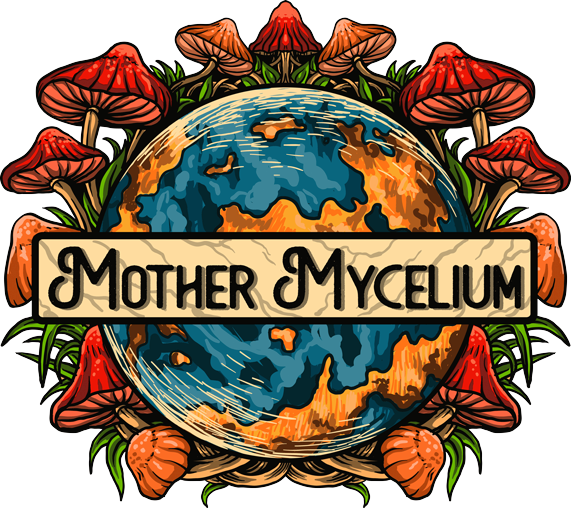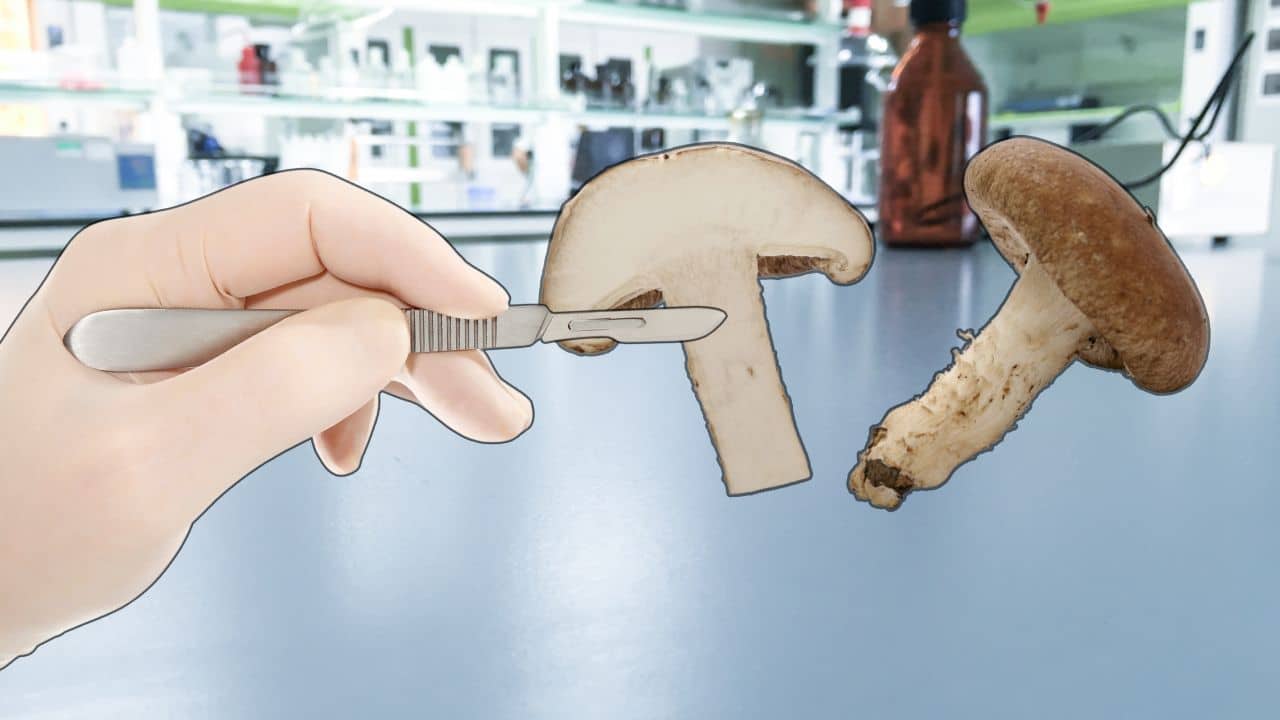
Step-by-Step Guide to Cloning Mushrooms
As you become more experienced in mushroom cultivation, you may want to explore more options for propagating and maintaining mushroom cultures. One of the most efficient and reliable ways to propagate mushrooms is through cloning, also known as tissue culturing. Cloning allows you to replicate the exact genetics of a strong, healthy mushroom, ensuring consistent yields and desirable traits.
By cloning, you bypass the need to start the mushroom growing process from spores, which can be unpredictable and variable. Instead, you take a small piece of living tissue from a mushroom and transfer it to a nutrient-rich medium to encourage mycelial growth. This process is not only practical but also rewarding, as it enables growers to harness mushroom genetics that are already proven to thrive in specific conditions.
In this guide, we’ll walk you through the step-by-step process of cloning a mushroom and discuss tips to ensure success. Click here to watch the video demonstration.
What You’ll Need
Before you begin cloning a mushroom, gather the necessary tools and materials. Proper preparation will increase the chances of success and minimize contamination risks.
Materials:
- Fresh Mushroom: Choose a healthy and vigorous specimen – commercially grown mushrooms typically work well for this. Although aged or dried mushrooms can be used for cloning, it is more reliable to use a fresh, healthy mushroom.
- Sterile Scalpel: Use a brand new scalpel blade to ensure you can easily cut a piece of sterile tissue from the mushroom.
- Agar Plates and Parafilm: The 2 dimensional surface of the agar plate makes it ideal for the cultivator to observe the growth and ensure the tissue sample is not contaminated.
- Still Air Box (SAB) or Laminar Flow Hood: A controlled environment to prevent contamination.
- Isopropyl Alcohol, Gloves, and Flame Sterilizer: Essential for maintaining sterile conditions.
Having a sterile workspace and handling the materials properly is crucial to a successful cloning process.
Step-by-Step Cloning Process
1. Preparing Your Work Area
At this stage, mushrooms are highly susceptible to contamination from mold and bacteria, so a clean environment is key. There are two primary ways to create a sterile workspace:
- Still Air Box (SAB): A simple, enclosed plastic box with armholes that minimizes air movement, reducing the chance of contaminants landing on your samples. SABs are a great low-tech and low-cost option for at-home cultivators.
- Laminar Flow Hood: A more advanced setup that uses a HEPA filter to create a sterile airflow, preventing contaminants from reaching your workspace. Flow hoods are ideal for more advanced or commercial cultivators.
To prepare:
- Wipe down all surfaces with isopropyl alcohol (70% or higher).
- Wear gloves and a mask to minimize contamination.
- Flame-sterilize tools before and after each use.
2. Taking a Tissue Sample
Once your workspace is sterile, it’s time to extract a sample from the mushroom. Follow these steps carefully:
- Expose Sterile Tissue: Gently pull the mushroom apart to expose sterile tissue inside the stem or cap.
- Cutting the Tissue: Carefully cut a small piece (about the size of a grain of rice) from the inner stem or cap and place it in the center of a sterile agar plate.
- Incubation: After placing the tissue on the agar, seal the plate with parafilm and label it with the date and mushroom species. Store it in a dark, warm location (70-75°F or 21-24°C) to encourage healthy growth.
Another effective method for obtaining a tissue sample is using a sterile needle biopsy technique. This involves inserting a sterile syringe needle into the base of the mushroom stem and extracting a small core of tissue. The needle is then used to inoculate an agar plate by injecting the sample directly on to the surface of the agar. This method reduces the risk of contamination by limiting exposure to open air.
3. Monitoring and Transferring the Culture
Over the next few days to weeks, you’ll begin to see mycelium growing from the tissue sample. Here’s how to ensure healthy growth:
- Check for Contamination: Look for signs of unwanted fungal or bacterial growth (green, black, pink, or yellowish spots). If contamination appears, transfer a small piece of healthy mycelium to a new plate. Discard the sample if there is no visible healthy tissue and try again with improved sterile techniques.
- Healthy Mycelium Growth: Check for white, thread-like strands expanding from the mushroom tissue.
- Transferring Mycelium: Once a strong, clean culture is established, transfer a clean section of mycelium to new agar plates, grain jars, or liquid culture to expand the culture.
Common Issues and Troubleshooting
Cloning mushrooms is a straightforward process, but there are common issues that growers may face:
1. Contamination Issues: If repeated contamination occurs, improve sterile techniques, use a flow hood if available, and work quickly. You may also need to try using a fresh mushroom sample.
2. Stalling or No Growth: This typically occurs if the agar plate is too dry. Ensure the plates are properly sealed to avoid excess moisture loss.
3. Weak Mycelium: Some mushrooms prefer nutrient-rich formulas like malt extract agar (MEA). Experiment with different media types to troubleshoot this issue.You can also try keeping cultures in a warm, stable environment to encourage healthy growth.
Cloning a mushroom is an excellent way to propagate strong genetics and achieve reliable harvests. By following sterile techniques and monitoring your cultures closely, you can successfully create your own mushroom cultures for expanded production.
Once you’ve mastered cloning, you can experiment with different mushroom species and refine your methods for better efficiency. Whether you’re a beginner or an experienced cultivator, cloning mushrooms is a valuable skill that opens up many possibilities in mycology.
Check out our other mycology resources for more tips and tricks. Thanks for reading!
Latest Articles
Latest Articles

Mycology Glossary: Unlocking the Language of Fungi
Fungi are fascinating organisms, but the world of mycology (the...
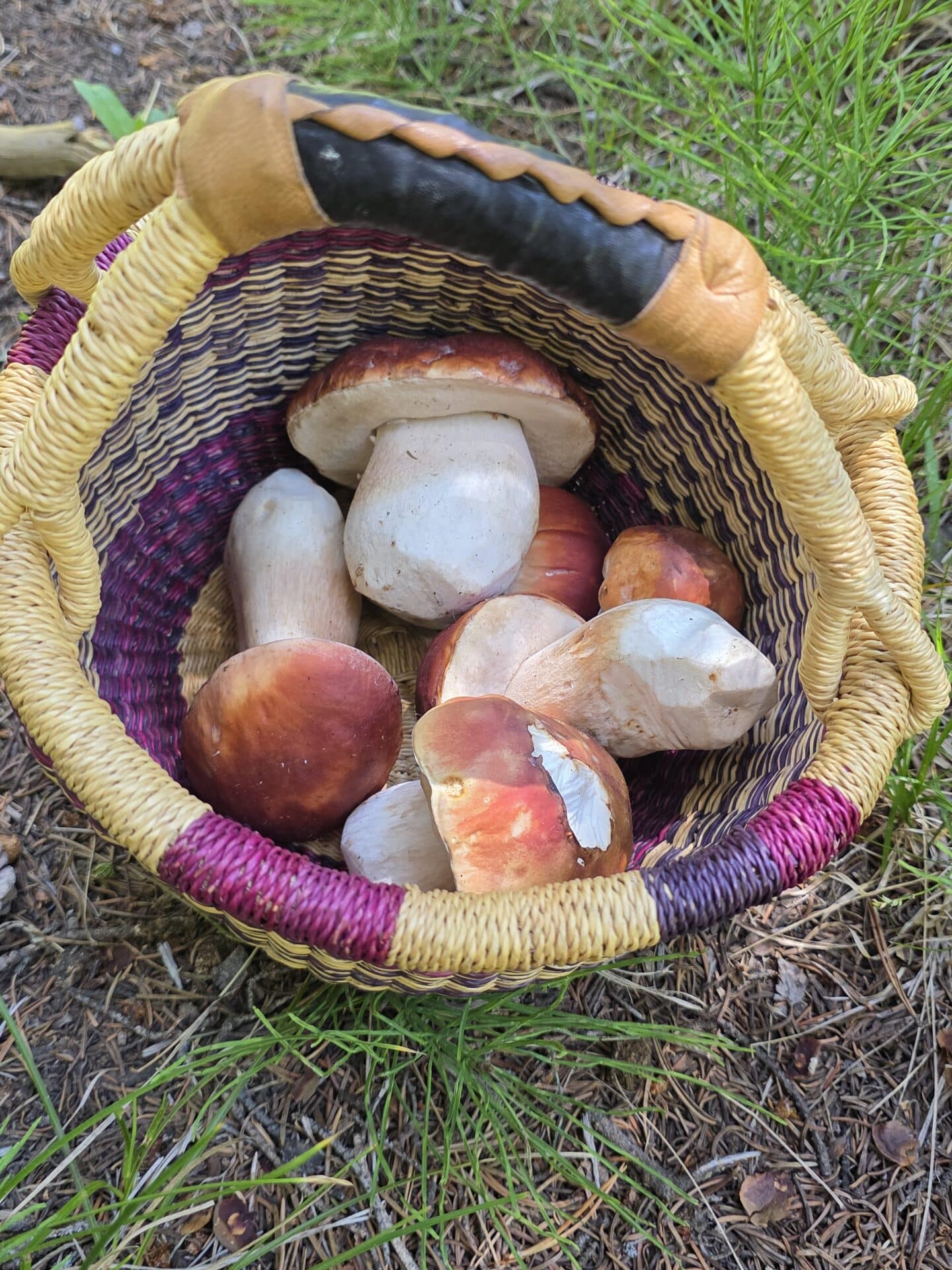
Introduction to Mushroom Foraging in the Rockies
Mushroom foraging is a unique adventure that combines hiking, nature...
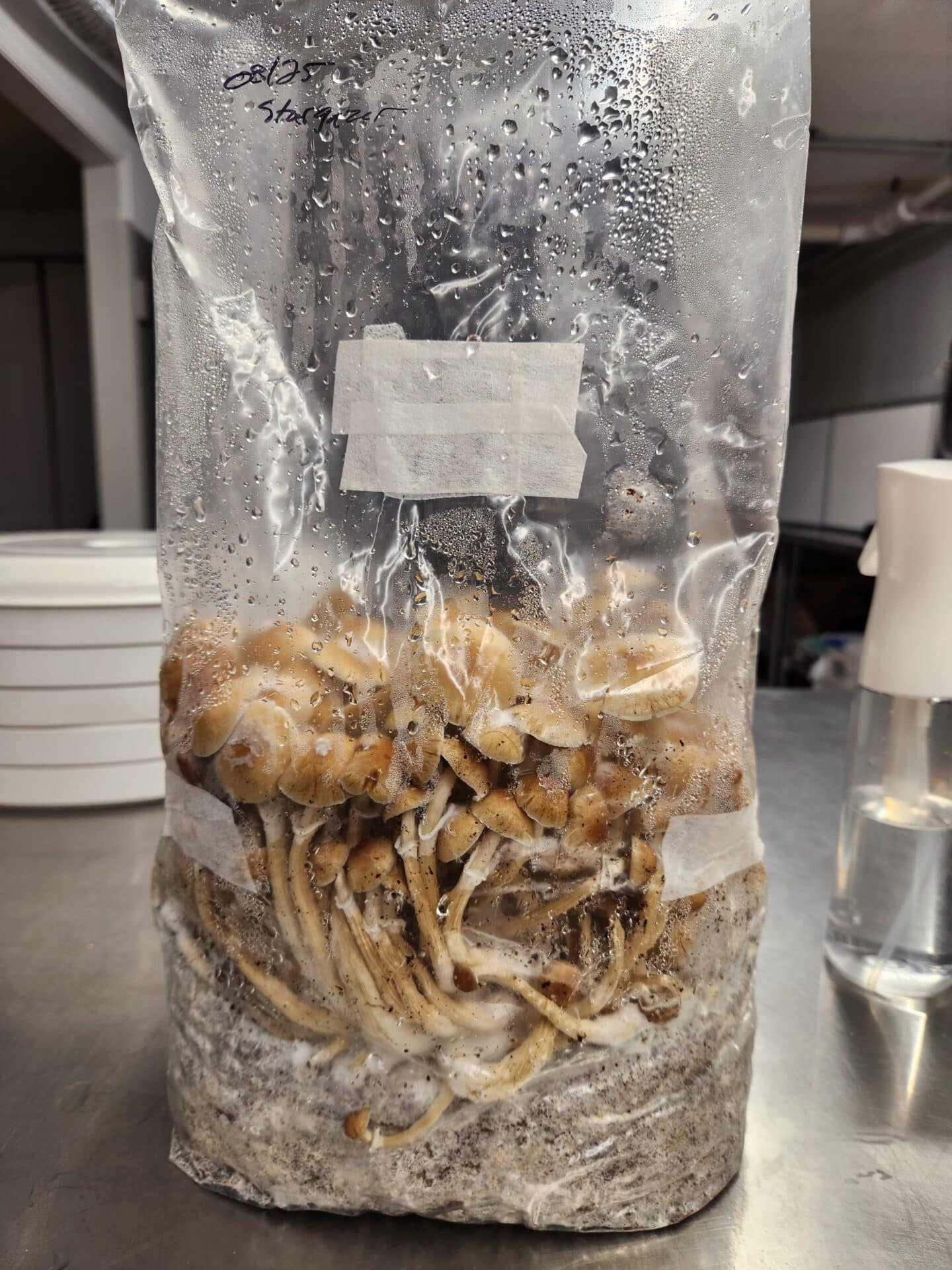
DIY Mushroom Grow Bags
Intro Growing mushrooms at home doesn’t have to be complicated...
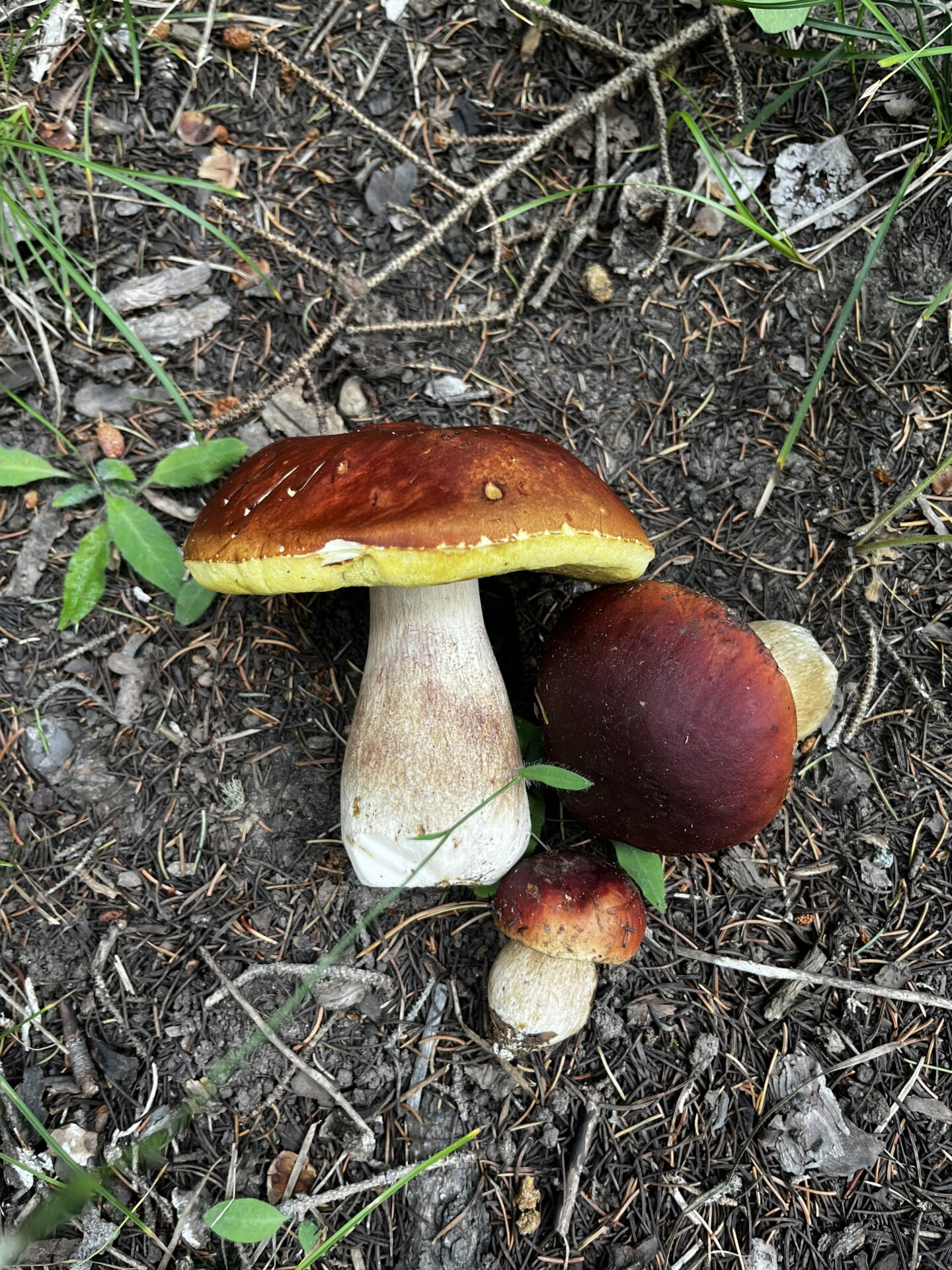
Colorado Mushroom Hunting Resources
Whether you’re just starting your journey into mushroom foraging or...
